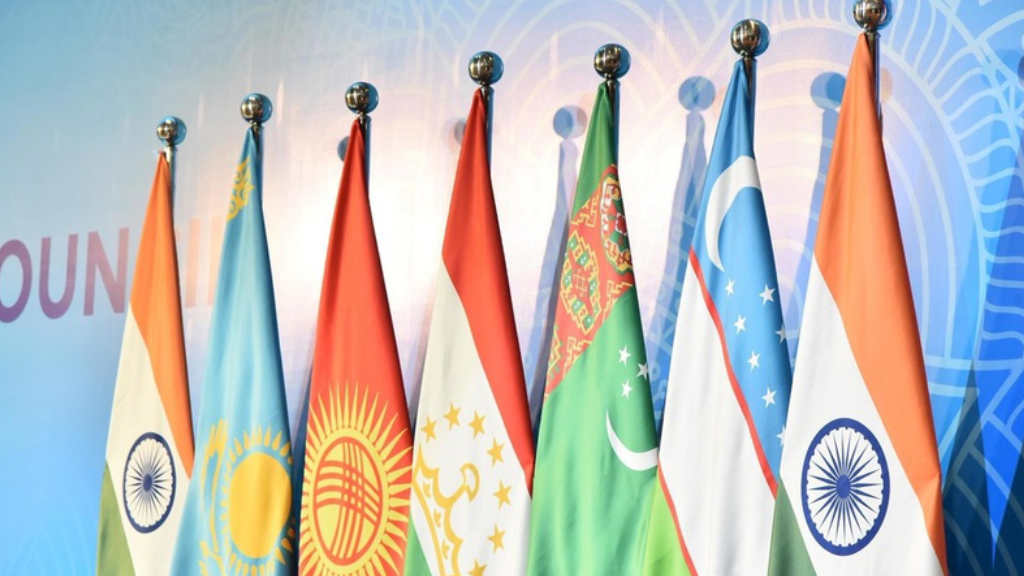India and Russia have launched annual joint naval exercises in the Bay of Bengal, designed to strengthen their defence cooperation. The Indra Navy 2025 exercises involve a wide range of activities, including communication training, maneuvering in formation, and artillery firing against sea and air targets.
The Russian ships participating are the corvettes ‘Rezkiy’ and ‘Hero of the Russian Federation Aldar Tsydenzhapov’, as well as the medium sea tanker ‘Pechenga’ from the Pacific Fleet, Russia’s Defence Ministry said. These are the same vessels that recently took part in exercises in the Persian Gulf with Iranian and Chinese warships.
The Indian vessels in the drills are the destroyer ‘Rana’ and the corvette ‘Kutar’. The exercises will also involve deck helicopters and aircraft from the Indian Navy, while a Russian Ka-27 helicopter will perform landings and takeoffs on the Rana. The Indra exercises were first conducted in 2003, and began this year on March 28 off the coast of Chennai, near to Sri Lanka.
Captain 1st Rank Aleksey Antsiferov, a Senior Officer of the Russian ship detachment, said the drills help assess whether the two countries are ready to accomplish joint maritime missions, stating that “The Indra Navy is the format of the drills that allows for exchanging experience, sharpening the skills and practicing joint actions, establishing contacts and bolstering the strategic partnership between India and Russia for jointly countering military threats at sea.”
He clarified that the exercises were not targeted at any specific country and were not a response to any shifts in the global military and political landscape.

After completing the sea exercises, the joint task force will return to Chennai, India, to summarize the maritime phase of the exercise. In the past, both countries have conducted a range of joint exercises, including land, air, and sea drills, such as Indra, Avia Indra, and Indra Navy.
India remains one of the world’s largest importers of arms, with Russia being a key supplier and technological collaborator for several cutting-edge systems, including the Su-30MKI fighter jet and the BrahMos missile, which were co-developed by the two nations. Approximately 60% of the Indian military’s equipment originates from Russia, and both countries have indicated their desire to strengthen their relationship.
Further Reading





